
Article content
After 34 years leading one of North America’s largest car expos, Rod Alberts has played a key role in transforming the Detroit Auto Show from a small media-driven event into a consumer-focused experience where attendees can hunt for their next vehicle.
Article content
Article content
The outgoing executive director is optimistic the Detroit Auto Show, with a history spanning more than 100 years, will continue to adapt and meet consumer needs in an evolving industry.
Advertisement 2
Story continues below
Article content
“They always say when you hit a hockey puck, you have to not be following the puck, but anticipate where the shot’s going,” Alberts told the Star. He will step down on Jan. 31 following the conclusion of the 2025 show.
“That is a lot of what the new regime will do. I think it’s such a moving target, and it makes it exciting but very challenging, that technology and and social media and where it’s going.”
Adding that he expects to see “a lot more of this intelligence” whether it is “AI or something new.”
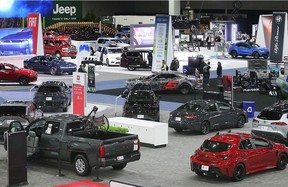
As for many of the show’s current consumer-focused upgrades, Alberts said it is a far different landscape than what he experienced on the showroom floor when he took the post more than three decades ago.
Among these interactive and immersive updates are the popular ride-and-drive experiences on four indoor tracks, along with Racing Day on Jan. 17, which spotlights the Grand Prix.
“If you asked me 10 years ago, I wouldn’t have bet the tracks would be so prominent,” said Alberts.
“It’s a place to experience a product and not just ride in the car, but see the technology in the car, as well. There’s so many choices that you pick from when you buy a car, then add learning about EVs and hybrids. Not everybody has comfort with this new technology.”
Advertisement 3
Story continues below
Article content
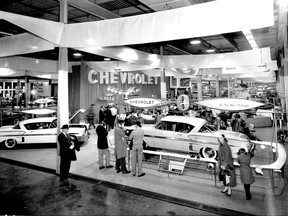
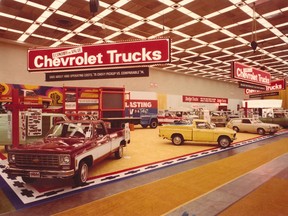
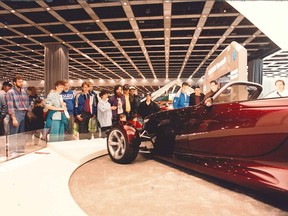
The roots of the historic Detroit Auto Show trace back to 1899 when the city hosted an exhibition featuring a handful of steam-powered cars alongside a display of sporting goods and fishing gear.
The event continued for several years until the newly formed Detroit Automobile Dealers Association (DADA) launched its own auto show in 1907.
In 1965, the show settled permanently in Cobo Hall, now known as Huntington Place. As it grew globally, it was rebranded in 1989 as the North American International Auto Show (NAIAS).
“When I first came in, we had just gone international and became the North American International Auto Show,” said Alberts.
“The idea was to become one of the shows around the world like Frankfurt and Paris and Tokyo, where the media all go to that country. We had 40 or 50 intros every year, including concept cars and production cars.
“Then, like everything else, technology changed.”

Alberts said the show shifted its media-focused format, highlighting the tops in automotive tech, to a place “where the consumers can find their next product.”
After guiding the Detroit Auto Show through decades of change, Alberts said he is ready to see a new vision shape the event’s future.
Advertisement 4
Story continues below
Article content
Sam Klemet, named co-executive director alongside Alberts, will take over full leadership following the 2025 event.
“Like everything in life, I think there’s time for change and new vision,” said Alberts.
“I’ve always prided myself in creativity and new ideas, but I would like to see the youthful side. I’m excited about somebody youthful and young coming in and understanding the new generation of buyers.”
Recommended from Editorial
-

In Detroit, Ford CEO ‘optimistic’ auto industry can get Trump’s ear on tariffs
-

Detroit Auto Show: Stellantis plans ‘all-new Pacifica’ for Windsor
-

‘Incredible vehicles’ — Detroit Auto Show returns with new events, old name
The public exhibition continues daily through Jan. 20 at Huntington Place at 1 Washington Blvd. in downtown Detroit.
To buy tickets, visit detroitautoshow.com.
Ticket prices: Adult US$20; Seniors US$12; Kids US$10. Hours: 10 a.m. to 8 p.m. (except Jan. 20, 10 a.m. to 7 p.m.)

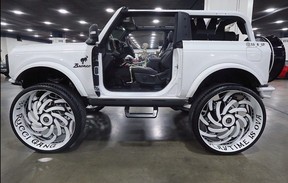
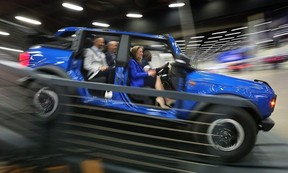
Article content
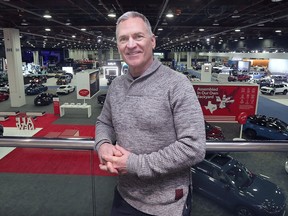



Comments